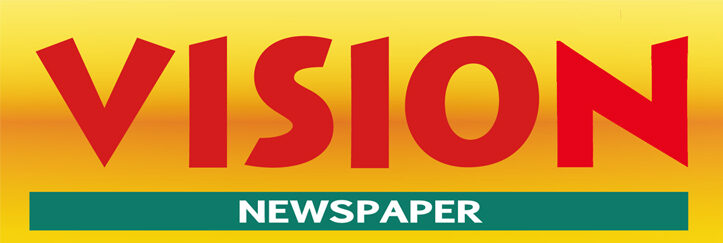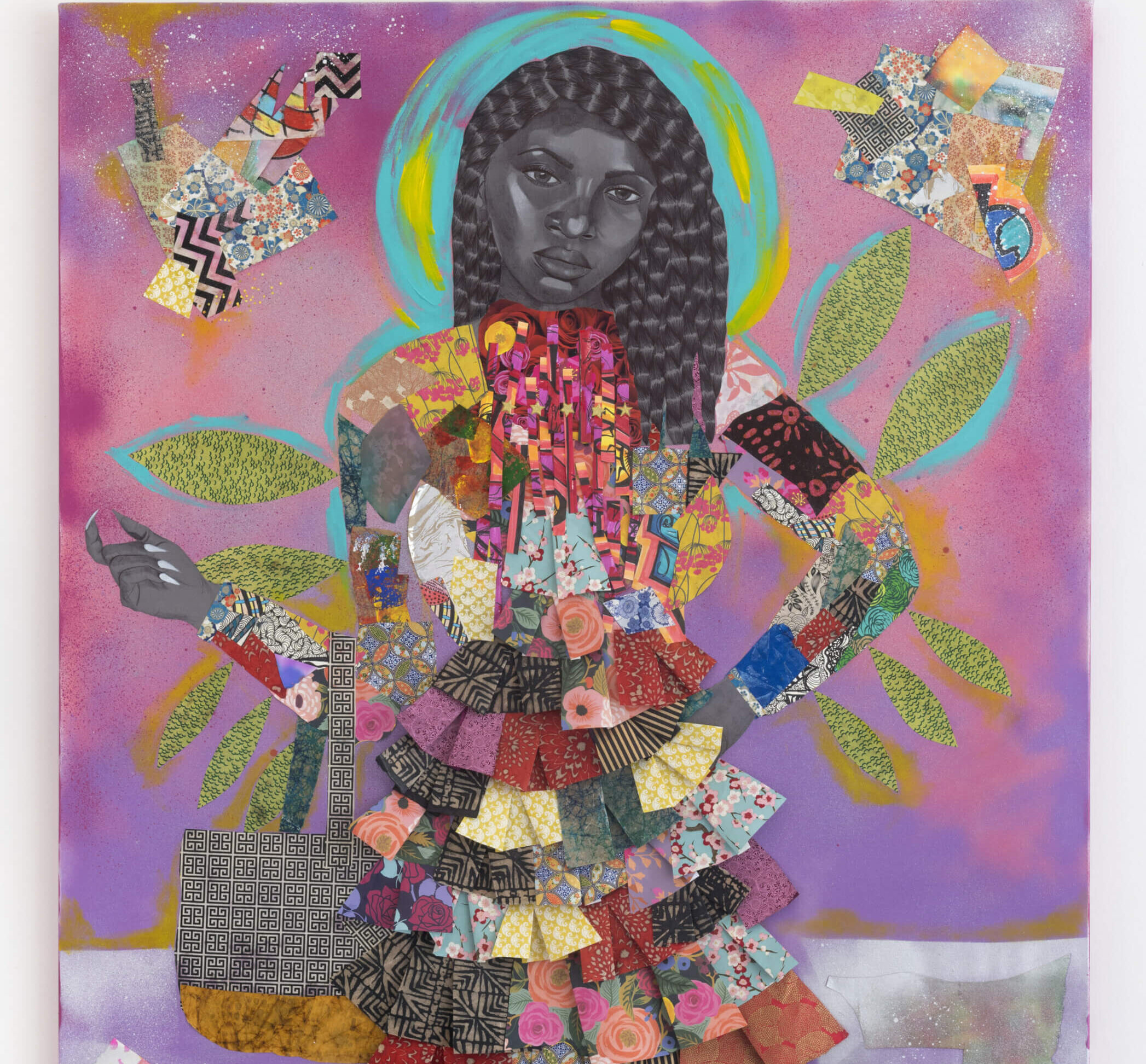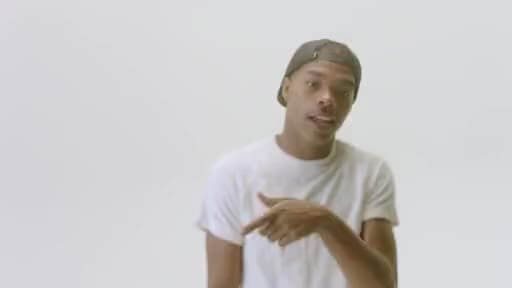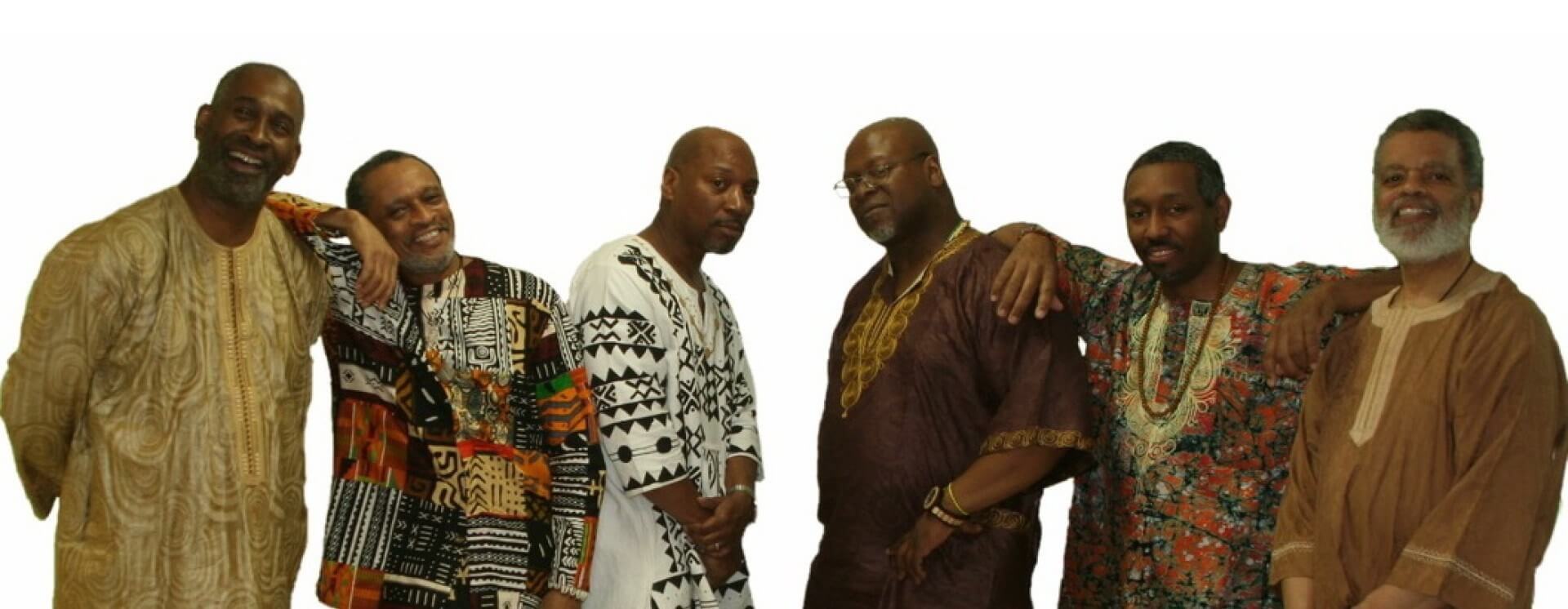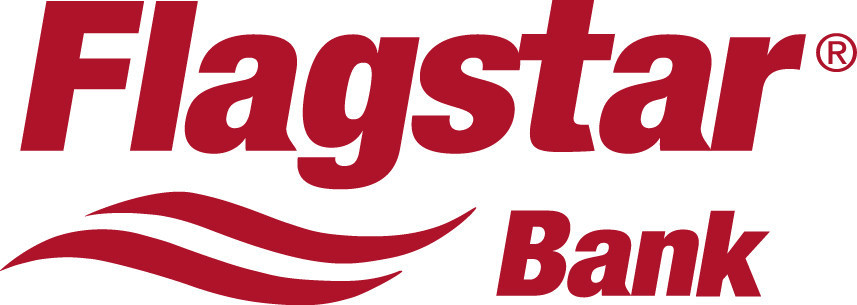Frist Art Museum Organizes Major Exhibition Exploring How Black Identity and Experiences Are Expressed in Collage
NASHVILLE, Tenn., Aug. 15, 2023 /PRNewswire/ — The Frist Art Museum presents Multiplicity: Blackness in Contemporary American Collage, the first major museum exhibition devoted to the rich yet understudied subject. Featuring approximately 80 collage works, Multiplicity explores the breadth and complexity of Black identity and experiences in the United States. Conceived and organized by Frist Art Museum senior curator Katie Delmez, the exhibition will be on view in the museum’s Ingram Gallery from September 15 through December 31, 2023, before traveling to the Museum of Fine Arts Houston and an additional venue to be announced.
With an intergenerational group of 52 living artists, Multiplicity examines how concepts such as cultural hybridity, notions of beauty, gender fluidity, and historical memory are expressed in the practice of collage. By assembling pieces of paper, fabric, and other often-salvaged or repurposed materials, the artists in this exhibition create unified compositions that express the endless possibilities of Black-constructed narratives despite our fragmented society. The artists range from established luminaries to emerging and midcareer figures, including Mark Bradford, Lauren Halsey, Rashid Johnson, Kerry James Marshall, Wangechi Mutu, Jamea Richmond-Edwards, Deborah Roberts, Tschabalala Self, Lorna Simpson, Devan Shimoyama, and Mickalene Thomas.
Multiplicity is structured broadly around seven themes that foreground personal and collective history, regional or national heritage, and gender and sexual orientation, in addition to racial constructs. “Although it is a nearly ubiquitous art form used by elementary school students to the biggest names in modern art history—Pablo Picasso, Georges Braque, Hannah Höch, Max Ernst, and Robert Rauschenberg—twenty-first century collage is an arguably understudied and undervalued medium, especially in museum exhibitions,” notes Delmez in her exhibition catalogue introduction. “Multiplicity is an opportunity to spotlight the formal complexity and vibrancy of the technique and to assert its contributions to the field through the lens of some of today’s leading artists.”
Like the exhibition itself, the broader project layers together many different participants. Contributors to the accompanying catalogue range from senior scholars to honors students at Fisk University. Collaborators such as Tennessee State University, Fisk University, William Edmondson Park in Historic Edgehill Neighborhood, and Artville in Wedgewood-Houston are featuring reproductions of work by exhibited artists outside the museum walls. Related exhibitions will be held across Nashville at places like Fisk’s Carl Van Vechten Art Gallery, Tinney Contemporary, and Julia Martin Gallery.
The artists featured in Multiplicity build upon the rich legacy of African American artists such as Romare Bearden, who received considerable critical attention as he experimented with collage in the 1960s to inspire collaboration and community. “Although Bearden is the most well-known, other African American artists making collages in the mid-twentieth century include David C. Driskell, Loïs Mailou Jones, Jacob Lawrence, Sam Middleton, Faith Ringgold, Betye Saar, and many more,” writes Delmez. Drawing upon the work these foundational figures, contemporary artists are making collages in an array of different ways, from traditional cutting and pasting to complexly layering materials, to creating works digitally. For some, collage is their principal strategy; for others, it represents a branch or chapter in their wider practice.
In the opening section of the exhibition, titled “Fragmentation and Reconstruction,” guests are introduced to a range of materials and techniques used in collage today. Many artists gather existing materials—magazines, photographs, books, newspapers, and maps—to form their compositions. Other artists use “new” paper, as is the case with Nina Chanel Abney; Yashua Klos, who makes his own woodblock prints; and YoYo Lander, who stains and washes watercolor paper to create her portraits.
The following section, “Excavating History and Memory,” examines the ways artists like Radcliffe Bailey, Jamal Cyrus, and Tomashi Jackson use historic photographs and publication clippings to highlight overlooked or lost narratives and link them to the present. Derek Fordjour, an alumnus of Morehouse College, celebrates the tradition and vitality of the HBCU marching band experience through his multilayered works.
In the section “Notions of Beauty and Power,” Jamea Richmond-Edwards, Tschabalala Self, Mickalene Thomas, and others challenge white ideals of feminine beauty historically espoused in popular culture and art history by inserting bold Black women into their compositions. Queer artists including Rashaad Newsome and Devan Shimoyama express the fluid nature of gender in an increasingly nonbinary world, while Lovie Olivia and Wardell Milan remind us of the value of safe havens for LQBTQIA+ people, from Harlem Renaissance house party venues to gay dance clubs, in the section “Gender Fluidity and Queer Spaces.”
The exhibition concludes by expanding the definition of collage beyond analog practices to include digital stitches—a seemingly inevitable evolution in today’s digitally saturated environment. For his large-scale wallpaper installations, Kahlil Robert Irving pieces together hundreds of digital images to evoke the continual feed of smartphones and laptops. Taking digital collage a step further, Arthur Jafa gathers the highs and lows of Black experiences in the United States into his poignant video montage Love is the Message, The Message is Death.
Exhibition Credit
Organized by the Frist Art Museum
Supporter Acknowledgment
Platinum Sponsor: HCA Healthcare/TriStar Health
Supported by a major grant from Henry Luce Foundation
Leadership support provide by Drs. Turner and Pylanice Nashe
This project is supported by the National Endowment for the Arts, Nissan Foundation, and Ameriprise Financial
Hospitality Sponsors: The Union Station Nashville Yards and Grand Hyatt Nashville
Spanish Translation Sponsor: Center for Latin American, Caribbean, and Latinx Studies at Vanderbilt University
Education and Community Engagement supporter: Windgate Foundation
The Frist Art Museum is supported in part by The Frist Foundation, Metro Arts, the Tennessee Arts Commission, and the National Endowment for the Arts.
SOURCE Frist Art Museum
